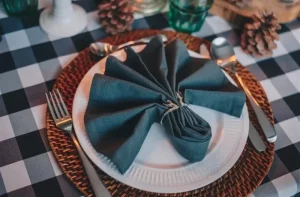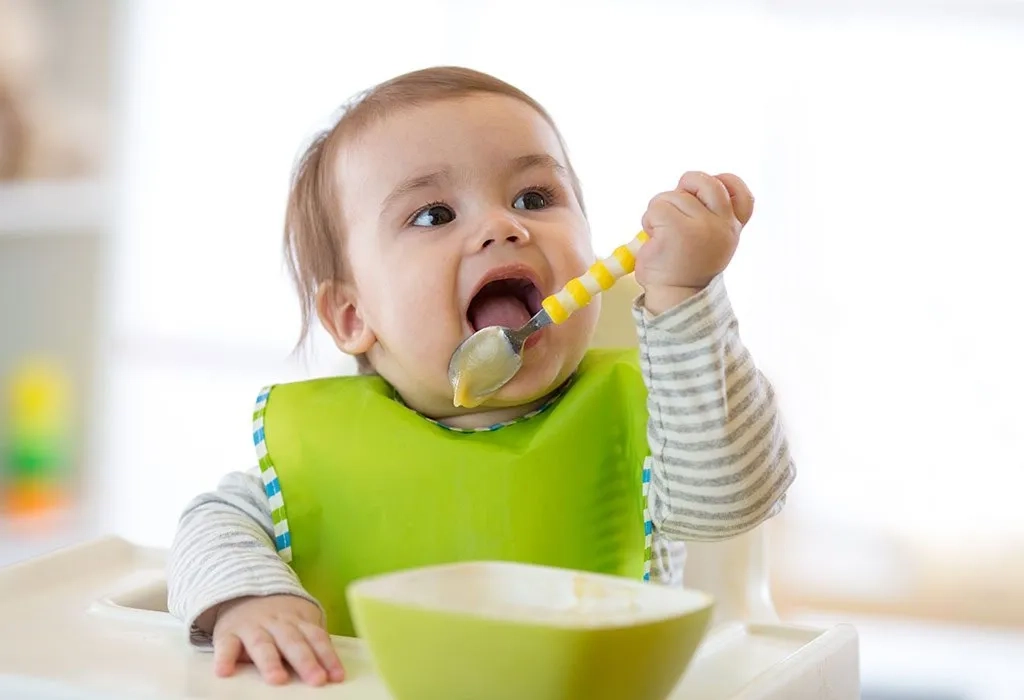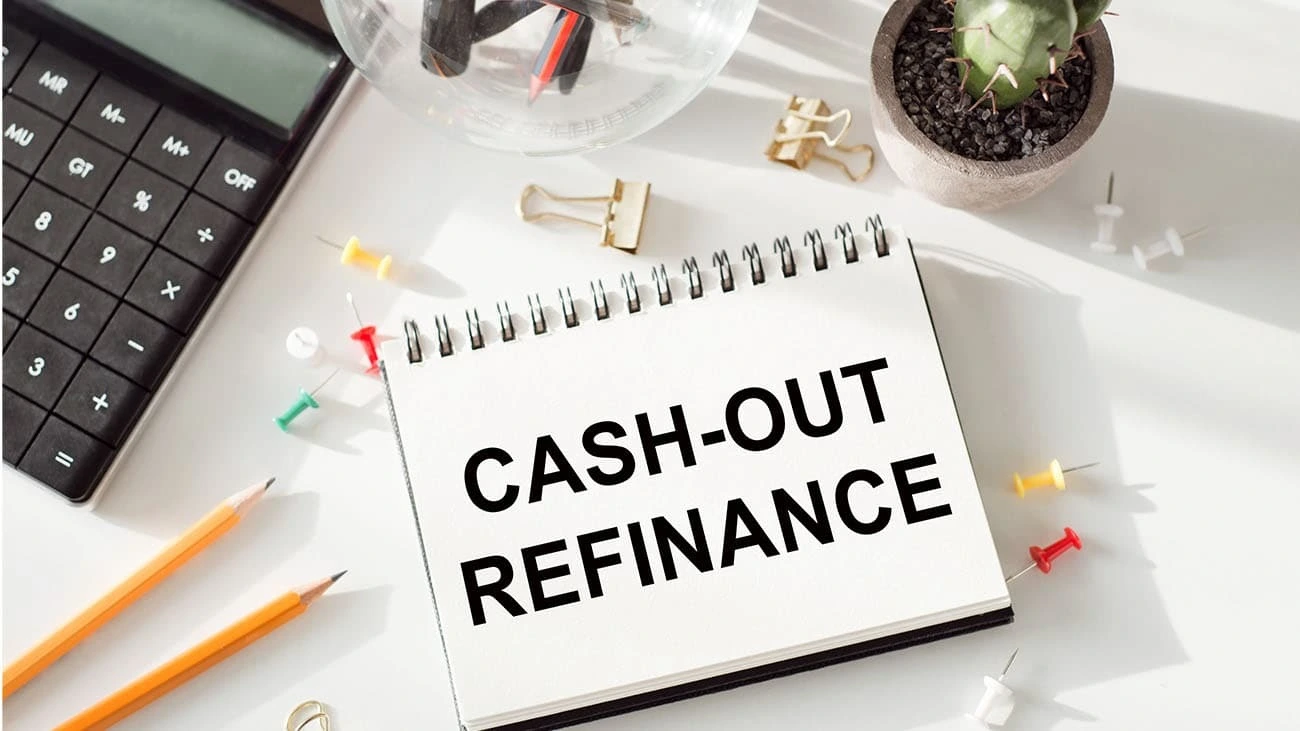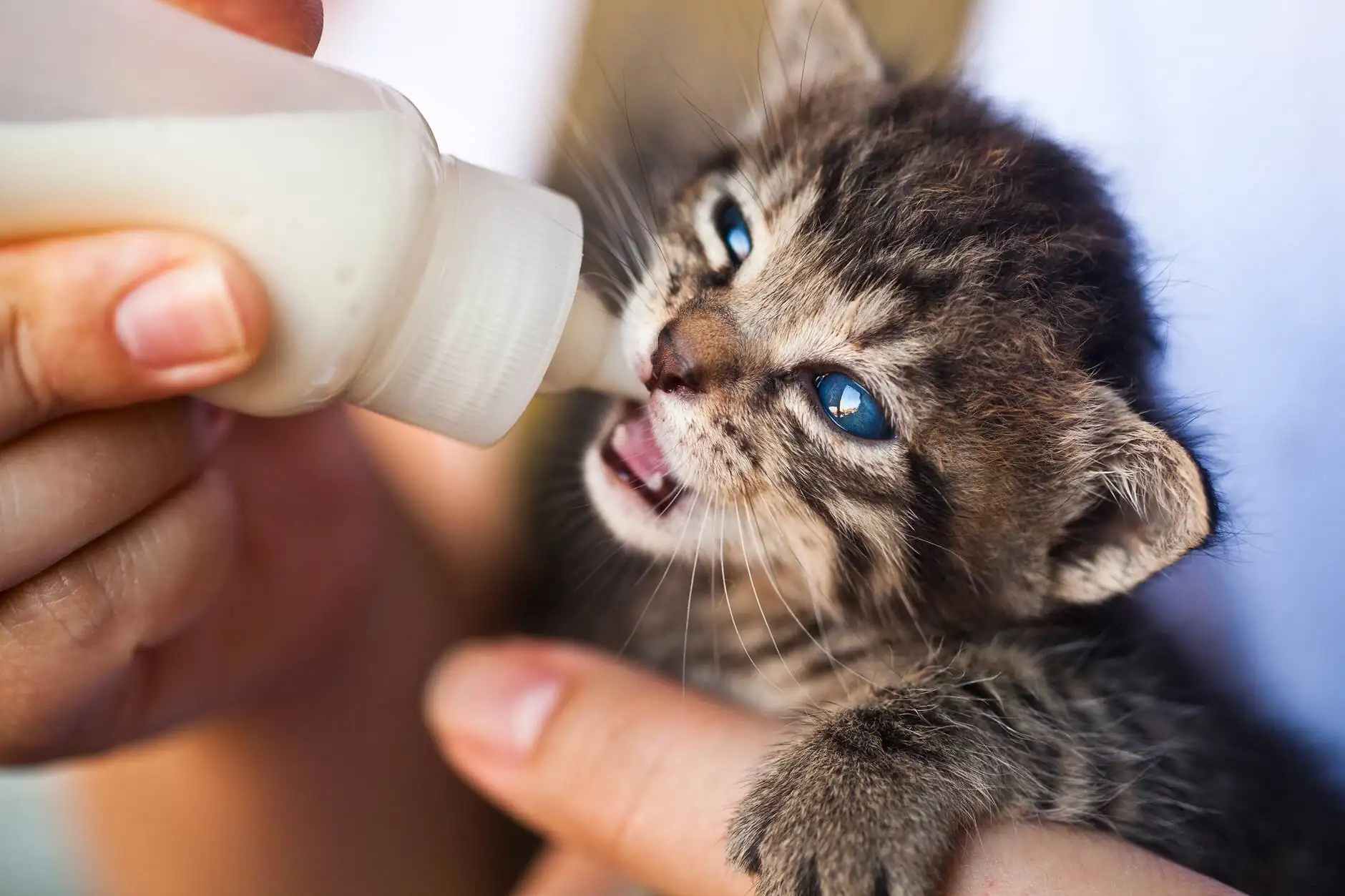The landscape of custom napkin materials is undergoing a significant transformation due to technological advancements. Innovative fabrics are now paired with sustainable practices, creating a new paradigm in dining aesthetics. Digital printing techniques enable detailed designs, while eco-friendly materials cater to a growing market of environmentally conscious consumers. As event planners and hosts explore the best materials for custom napkins, this intersection of technology and artistry prompts a reevaluation of traditional practices, hinting at a future where custom napkins may serve both functional and ethical purposes. What might this future hold?
Key Takeaways
- Innovative digital printing techniques enable intricate designs and vibrant colors, enhancing personalization in custom napkins.
- Biodegradable fabrics from natural sources reduce environmental impact, appealing to eco-conscious consumers.
- The use of recycled textiles promotes circularity and aligns with ethical standards in custom napkin production.
- Water-repellent coatings enhance usability, ensuring that custom napkins maintain their aesthetic appeal during dining experiences.
- Advancements in automation and AI-driven processes improve manufacturing efficiency, lowering production costs for custom napkin suppliers.
The Evolution of Custom Napkin Materials
As the demand for personalized dining experiences has increased, the evolution of custom napkin materials has reflected broader trends in both sustainability and technological innovation. Historically, traditional fabrics, such as cotton and linen, dominated the market, but contemporary preferences have shifted towards eco-friendly alternatives like bamboo and recycled polyester. These materials not only enhance the aesthetic appeal of dining settings but also resonate with consumers’ growing environmental consciousness. Additionally, advancements in textile technology have enabled the development of innovative fabric treatments that improve durability and stain resistance while maintaining a soft feel. This evolution in custom napkin materials signifies a blend of practicality and artistry, fostering a sense of belonging among diners who appreciate thoughtful, sustainable choices during their culinary experiences.
Innovative Technologies Shaping Material Choices
The shift towards eco-friendly materials has paved the way for innovative technologies that greatly influence the selection of fabrics for custom napkins. These advancements not only enhance functionality but also cater to a growing desire for sustainability among consumers. Key innovations include:
- Biodegradable Fabrics: Derived from natural sources, these materials decompose, reducing environmental impact.
- Water-Repellent Coatings: Advanced treatments enable napkins to resist spills, enhancing usability while maintaining aesthetic appeal.
- Digital Printing Techniques: High-resolution printing allows for intricate designs and vibrant colors, offering customization without compromising fabric integrity.
- Recycled Textiles: Utilizing post-consumer materials, this technology promotes circularity, aligning with modern ethical standards.
These technologies collectively redefine the best materials for custom napkins, appealing to a community committed to responsible choices.
Sustainable Options for Custom Napkins
A growing number of consumers are seeking sustainable options for custom napkins, reflecting a broader trend towards environmental responsibility. In response, manufacturers are increasingly exploring materials such as organic cotton, bamboo, and recycled paper, which reduce ecological footprints. Organic cotton, free from harmful pesticides, offers durability and biodegradability, while bamboo provides a fast-growing, renewable resource. Recycled paper napkins, often crafted from post-consumer waste, exemplify a circular economy approach. Additionally, advancements in water-based inks and eco-friendly dyes enhance the appeal of these sustainable options. By integrating such materials into their product lines, businesses not only cater to environmentally conscious consumers but also foster a sense of belonging among those who prioritize sustainability in their choices. This alignment with values is vital in today’s market.

Enhancing Aesthetics With Advanced Fabrics
Innovative advancements in fabric technology are transforming the aesthetic appeal of custom napkins, allowing for a fusion of style and functionality. These developments enable designers to create visually striking products that cater to diverse tastes and preferences. The best materials for custom napkins now showcase:
- Textured Weaves: Offering depth and tactile engagement that enriches the dining experience.
- Vibrant Dyes: Utilizing eco-friendly pigments that maintain color integrity and enhance visual impact.
- Digital Printing: Allowing for intricate patterns and personalized designs that reflect individual styles.
- Durable Finishes: Ensuring longevity without compromising elegance, making them suitable for repeated use.
These innovative fabrics not only elevate the aesthetic quality of custom napkins but also foster a sense of belonging through personal expression and thoughtful design.
Future Trends in Custom Napkin Manufacturing
As technology continues to advance, emerging trends in custom napkin manufacturing are reshaping the industry landscape. The integration of sustainable materials is gaining traction, with manufacturers exploring biodegradable and recycled fibers to appeal to eco-conscious consumers. Additionally, advancements in digital printing technology allow for intricate designs and personalization, fostering a sense of belonging among customers. Automation and AI-driven processes enhance efficiency and reduce production costs, making custom napkins more accessible to a wider audience. Moreover, the rise of e-commerce platforms is prompting manufacturers to develop unique, on-demand solutions, catering to individual preferences. These trends not only transform the market but also signify a shift towards greater customization and sustainability in the best materials for custom napkins, aligning with contemporary consumer values.
Frequently Asked Questions
What Are the Most Popular Colors for Custom Napkins Today?
The most popular colors for custom napkins today include classic white, sophisticated navy, and vibrant shades like coral and teal, reflecting contemporary tastes and enhancing the overall aesthetic of dining experiences, fostering a sense of belonging.
How Can I Personalize My Custom Napkins Effectively?
To effectively personalize custom napkins, one should consider unique color schemes, meaningful symbols, and customized text that resonate with the intended audience, fostering a sense of belonging and enhancing the overall event experience.
Are There Any Allergic Reactions Associated With Napkin Materials?
Concerns regarding allergic reactions to napkin materials include sensitivities to dyes, fibers, and additives. Individuals may experience discomfort or irritation, emphasizing the importance of selecting hypoallergenic options to guarantee safety and inclusivity for all users.
What Is the Average Lifespan of Custom Napkins?
The average lifespan of custom napkins varies considerably based on material and usage, typically ranging from a single event for disposable options to several washes for reusable varieties, emphasizing durability and environmental considerations in selection.
Can Custom Napkins Be Reused or Recycled Properly?
Custom napkins can often be reused, depending on their material composition. Recycling is feasible for certain biodegradable options, allowing for sustainable practices. Awareness of material types is essential for maximizing their environmental benefits and promoting responsible usage.
Conclusion
To sum up, the intersection of technology and material innovation is transforming the landscape of custom napkin production. The integration of sustainable practices with advanced digital printing techniques not only enhances aesthetic appeal but also meets the demands of environmentally conscious consumers. As manufacturers continue to explore new fabrics and coatings, the future promises an even broader spectrum of options that marry functionality with artistry, setting a new standard for dining experiences and reinforcing the importance of sustainability in design.
You May Also Like To Read:






